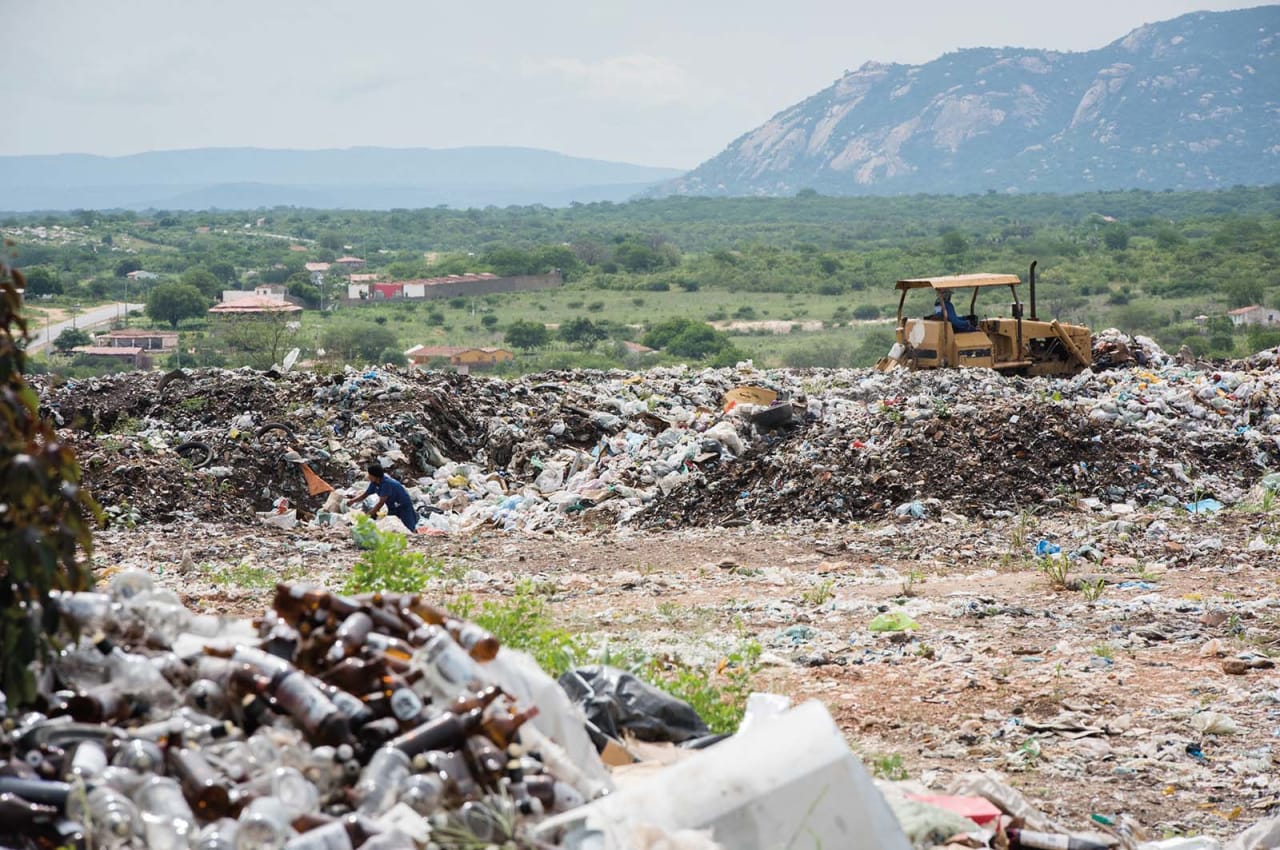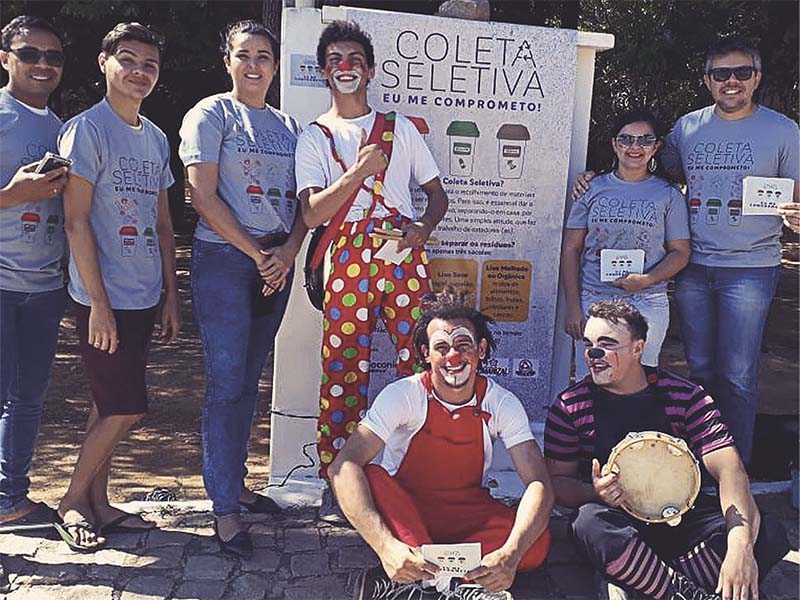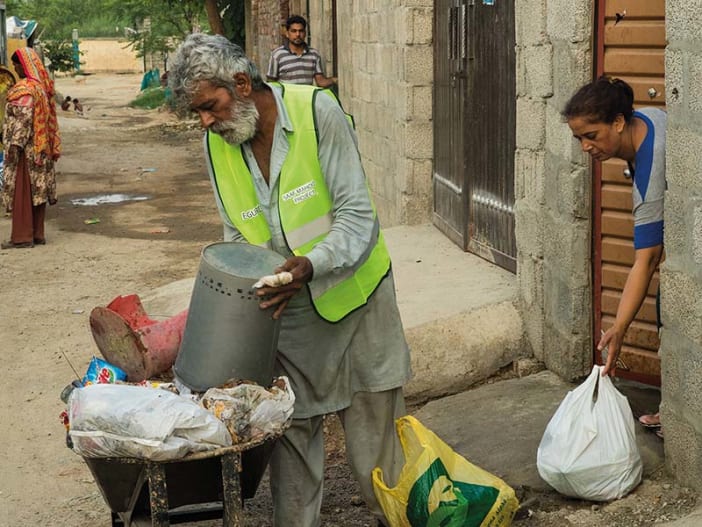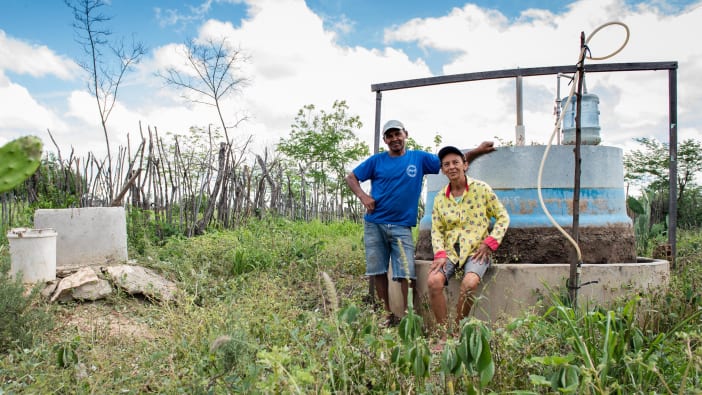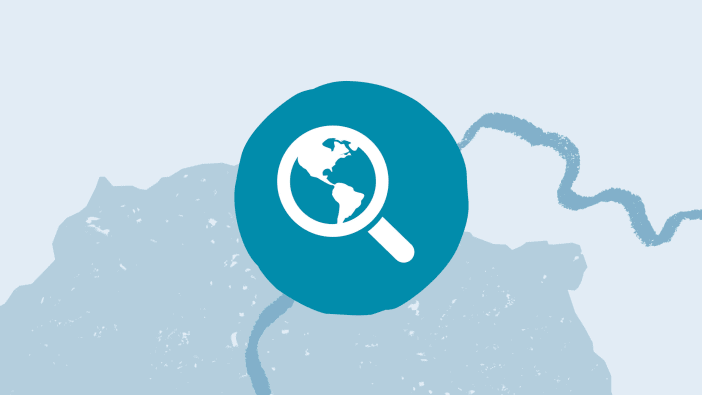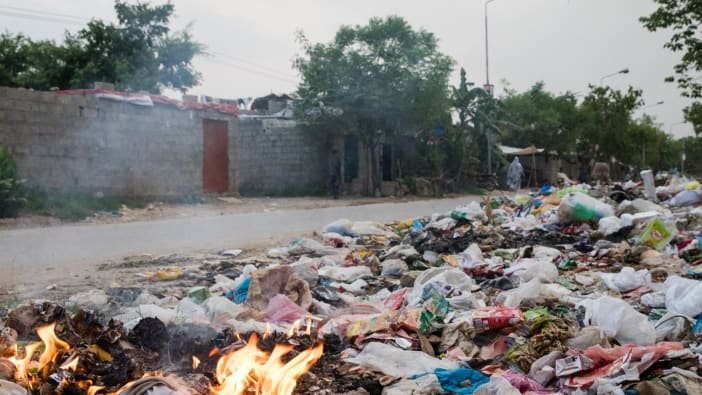The waste that forms dumpsites and blocks rivers is part of a bigger system. This system makes, sells, uses and throws away two billion tonnes of products and packaging every year.
But it does not have to be this way. Through advocacy we can create a better system – one that works for people living in poverty and cleans up the natural world we live in.
The waste system involves many different groups, including: consumers; waste workers; national and local governments; companies that make and sell the items that are thrown away; families living by dumpsites; and civil society groups already working on the waste problem.
This creates many opportunities for advocacy. There are both potential decision-makers to influence and allies to work with. So where should you start?
What is the issue?
Understanding the problem will help you to identify what needs to change. You might want to research the following points:
- the main kinds of waste in your area
- where the waste is coming from
- who is already involved in collecting the waste
- who is responsible for local waste management and collection, and whether they are delivering what they promise
- how waste is affecting the local community.
Collecting local evidence can be powerful for showing decision-makers and local people why change is needed.
What needs to change?
For advocacy to be effective, you need to be clear about what you want to see change. It could be:
- better management of waste, eg for the local government to introduce waste collection, set targets for waste reduction or recycling, or deliver on existing promises
- informal recyclers to be included in public waste management
- less waste to be created. For example:
- new government regulations making manufacturers responsible for collecting and taking apart their product at the end of its life
- companies changing the way they design products or packaging so they last longer and are easier to repair.
How can you show you are worth listening to?
Decision-makers are more likely to listen to you if they see that you are a trustworthy voice on this issue. Below are a few ways you can build your reputation for advocacy on waste.
- Take action on waste yourself. For example, you could gather local people to collect waste from a beach or river
- Get representatives onto local councils – for example, in Brazil, Tearfund is helping people to join local Environment Councils. This shows their commitment to the issue, as well as giving them access to decision-makers.
- Use international policies as a tool for national advocacy (see below).
Local-level advocacy can be a first step towards developing your skills and reputation for national or international advocacy.
How will the change happen?
To answer this, you can consider:
- the people who have the power to bring about change
- the barriers to change happening. For example, if governments offer free landfill collection (particularly to businesses), this encourages people to throw away items instead of recycling them. A landfill tax would discourage this.
- approaches that are already working well, which could be copied or scaled up.
Choose advocacy approaches that will help to create the change you want. Options include:
- direct contact with decision-makers, eg starting conversations with local or national government officials, business leaders and others who have influence over the change you want to see
- mobilising the public (sometimes called campaigning). This might include letter-writing, petitions and internet campaigns, street marches and demonstrations.
- working with the media, eg television, radio, newspaper or social media, to raise awareness of the issues
- working with others. Coalitions or networks can share resources, reduce potential risks and increase your influence with decision-makers.
Using several of these approaches can be effective, eg meeting directly with decision-makers to present them with a petition showing public support for the change you are asking for.
Involving the local community is important and will make your strategy more effective.
Key international policies on waste
Sustainable Development Goals: Most countries have signed up to the 17 Sustainable Development Goals (SDGs). Tackling waste relates to several of the SDGs, including those around health (SDG 3), decent work (SDG 8) and responsible consumption and production (SDG 12).
Paris Agreement on Climate Change: Almost all countries have signed up to the Paris Agreement, committing to limit global warming to well below 2°C (35.6°F). Reducing waste lowers greenhouse gas emissions from dumpsites. Reusing or recycling materials saves the energy that would be needed to make new ones. The government in Kenya framed its waste management plans around the Paris Agreement, giving them access to funding. Other governments could do the same.
Basel Convention: Most countries have committed to this convention, which aims to prevent the moving of hazardous waste from developed to less developed countries.


